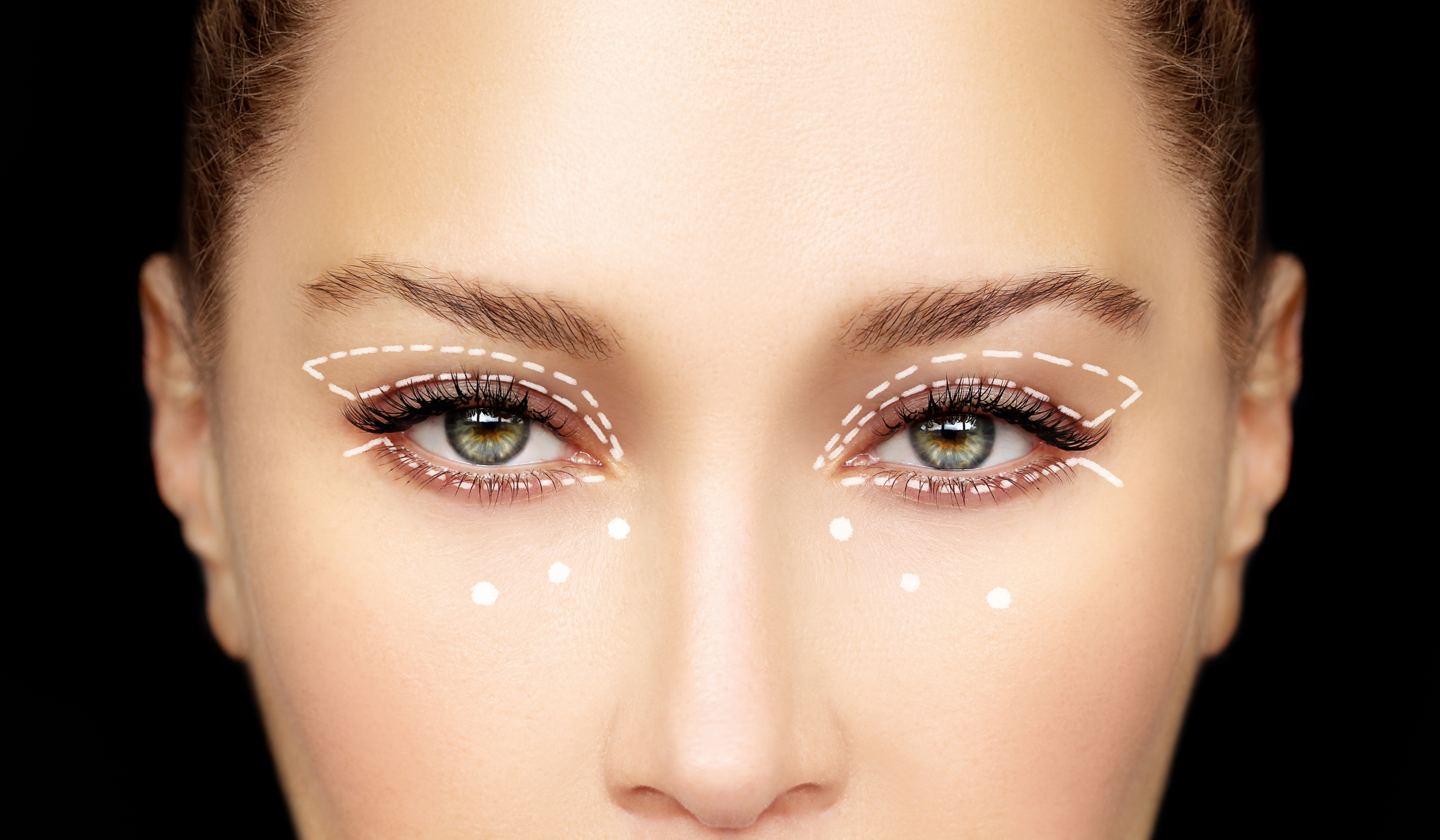
Blepharoplasty, or eyelid surgery, can be an exciting step forward in rejuvenating your upper face, as it can trim away the excess fat and skin in the eyelids that lead to an angry, depressed, or disgruntled facial expression. Drooping eyelids may also impair vision, making blepharoplasty among the top procedures, both cosmetic and functional, performed by plastic surgeons in the Seattle area.
Once you’re sure that you want to pursue blepharoplasty, you might have some concerns, and “How long will my surgery take?” is probably among the top questions you’d like the answer to. Below is an overview of the treatment process and an idea of what to expect during and after your blepharoplasty.
What happens during my eyelid surgery?
Upper blepharoplasty can be performed with or without sedation. Treatments addressing the lower lids usually require sedation, except for a pinch procedure, which can be done using only numbing agents.
Both upper and lower blepharoplasty can be performed at the same time. Upper blepharoplasty corrects skin laxity and fat deposits in the upper lids, while lower blepharoplasty can reduce dark circles, puffiness, and skin sagging in the lower lids.
While blepharoplasty can be performed on its own, it is often combined with a brow lift or facelift to effect comprehensive changes in the appearance. Upper blepharoplasty takes around 1 hour to perform, and lower blepharoplasty takes about 1.5 hours to complete. Scarring is minimal, as the incisions can be well-hidden in the lashline or eyelid creases.
What happens after my surgery?
After your surgery, you will need someone else to drive you home. If you didn’t undergo sedation, you could take an uber; otherwise, you will need a friend or family member to accompany you.
Most clients take around 3-5 days off after their eyelid surgery, which probably isn’t as much time off as you might have expected. While each patient’s recovery time will be unique, here is an overview of the average recuperation timeline:
- The first week: You will experience some minor swelling and bruising, and you will need to rest for the first day or so. You can use a cold compress or ice packs placed on the eyes to improve your comfort, and you can take painkillers prescribed by your doctor if you need them.
- Second week: Swelling and bruising will have subsided, and you will now be at the point where you can wear makeup to hide any lingering discoloration. Most clients can return to work at this juncture.
- The third week: By this time, your face will be mostly back to normal, and you may even be able to return to the gym, depending on the express instructions of your plastic surgeon.
What is the takeaway?
Whether you are planning your blepharoplasty treatment imminently or merely doing your research to find out more information about a possible surgery in the future, it’s great to have a timeline in place and know what to expect in terms of your appointment length and your recovery.
Enlisting the help of a family member or friend early in the process – someone who can not only drive you home but who may also be able to assist with chores and childcare during the first days of your recovery – can be an excellent way to reduce overall stress and anxiety so your blepharoplasty journey can run smoothly.
Schedule a consultation today!
Back to Blog
Copyright © 2025 by Meghan Nadeau, MD
Privacy Policy | Web Design & Internet Marking by Studio III

